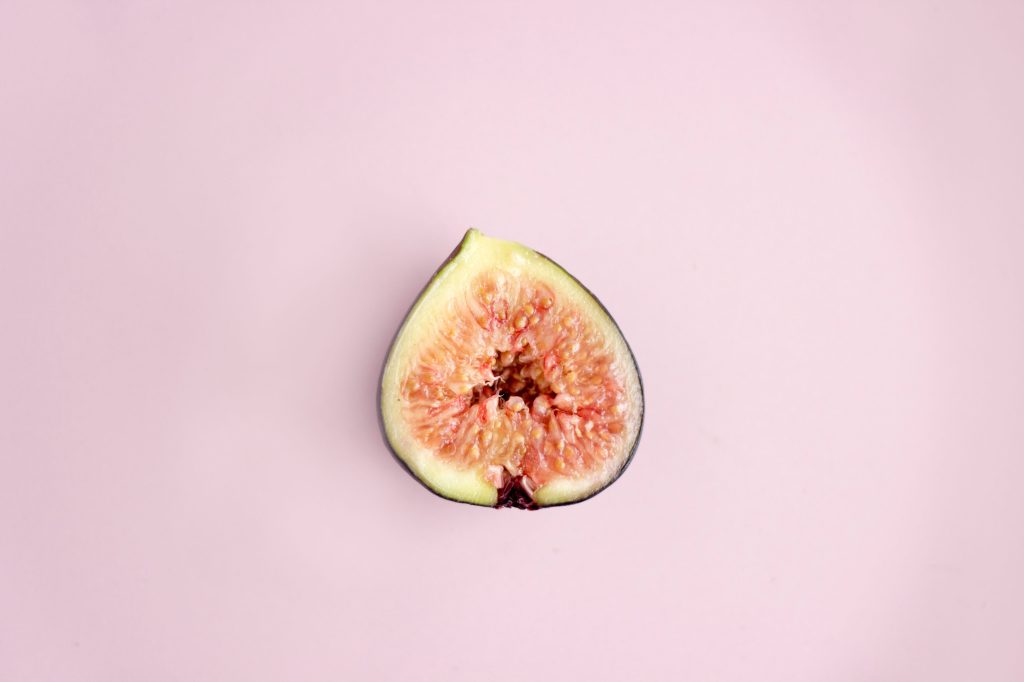
If you're looking for a unique and intimate form of body modification, the Isabella piercing might be on your radar. This piercing, which is often associated with the clitoris, has been gaining popularity for its aesthetic and sexual appeal. In this comprehensive guide, we'll explore what an Isabella piercing is, how it's done, the potential risks, and whether it's right for you.
Table of Contents
What is an Isabella Piercing?
An Isabella piercing is a type of clitoral hood piercing that is placed at the top of the clitoris, in the area of the hood that covers it. It is a relatively new form of genital piercing compared to more traditional piercings like the Prince Albert or horizontal clitoral hood piercing. The main purpose of the Isabella piercing is not only for visual appeal but also for heightened sexual pleasure due to its strategic location.
This piercing involves inserting a barbell through the upper part of the clitoral hood. The design typically features a curved barbell, though some individuals may opt for a straight barbell. Isabella piercing images often showcase the barbell just above the clitoris, offering an aesthetic that is both subtle and seductive.
How Is an Isabella Piercing Done?
Getting an Isabella piercing is a delicate procedure that should only be performed by a professional piercer who specializes in genital piercings. The process begins with an initial consultation where the piercer will assess your anatomy to determine the best placement for the jewelry.
The actual piercing involves using a sterilized needle to create a hole through the clitoral hood. A small barbell is then inserted into the hole, and the jewelry is secured. The clitoris piercing name comes from the anatomical location, but the piercing itself is positioned above the clitoris, allowing the jewelry to rest comfortably against the hood.
Healing Process for an Isabella Piercing

After getting your Isabella piercing, it’s crucial to follow proper aftercare instructions to avoid infections and ensure a smooth healing process. On average, it takes anywhere from 4 to 8 weeks for the piercing to fully heal. During this time, it's essential to:
- Clean the piercing daily with saline solution
- Avoid touching the piercing with dirty hands
- Refrain from engaging in sexual activities that could irritate the area
- Wear loose-fitting clothing to avoid pressure or friction on the piercing
The Aesthetic and Sexual Appeal of the Isabella Piercing
The Isabella piercing picture that many people see on the internet often highlights its aesthetic appeal. The jewelry adds a touch of glamour and individuality to the body, especially in intimate areas. For some individuals, the piercing is also associated with enhanced sexual pleasure, as the jewelry can stimulate the clitoris during sexual activity.
Because of its placement and the potential for added sensation, the Isabella piercing is often sought after by individuals looking to enhance their sexual experience. The jewelry rests close enough to the clitoris to provide gentle stimulation, but not in a way that is overwhelming or uncomfortable. Also, if you’re curious about other types of piercings, be sure to read our in-depth guide on the Monroe Piercing.
Is an Isabella Piercing Right for You?
Before deciding on an Isabella piercing, it's important to consider your own preferences and comfort levels. Some individuals are drawn to the aesthetic appeal of genital piercings, while others may be motivated by the potential for increased sexual pleasure. If you’re unsure whether this piercing is right for you, consulting with a professional piercer or a body modification specialist can help you make an informed decision.
Additionally, it's important to be aware of the risks associated with genital piercings. Although the Isabella piercing is generally safe when done correctly, complications can arise, including infection, jewelry rejection, or scarring. However, these issues are relatively rare and can usually be prevented with proper aftercare.
What Is the Name for Clit Piercing?

Many people may wonder about the specific name for a clitoris piercing. While there are several types of piercings that can be performed in the genital area, the Isabella piercing is a specific term for a piercing at the top of the clitoral hood. Other types of clitoral piercings include the horizontal clitoral hood piercing and the vertical clitoral hood piercing, both of which are positioned slightly differently but also offer similar aesthetic and sexual benefits.
Risks and Complications
Like any piercing, the Isabella piercing comes with its own set of risks. The most common risks include:
- Infection: Piercings in intimate areas are more prone to infection if not cleaned properly.
- Rejection or migration: The body may reject the jewelry, causing the piercing to migrate or close up.
- Scarring: If the piercing is not cared for correctly, it may result in scarring around the piercing site.
These complications can be minimized by following aftercare instructions closely, ensuring that the piercing is done by a professional, and avoiding unnecessary irritation to the piercing.
Isabella Piercing Aftercare Tips:
- Use saline solution: Clean the piercing with a saline solution daily to promote healing.
- Avoid sexual activity: Refrain from any sexual activity that could cause friction or pressure on the piercing during the healing process.
- Wear loose-fitting clothing: Avoid tight clothing or underwear that could irritate the piercing site.
- Monitor for signs of infection: If you notice any unusual pain, redness, or swelling, contact your piercer or a healthcare professional immediately.
Conclusion
The Isabella piercing is a unique and intimate body modification that offers both aesthetic appeal and the potential for enhanced sexual pleasure. Positioned at the top of the clitoral hood, it provides a subtle yet striking look while also offering sensations that some find pleasurable during sexual activity.
As with any piercing, it’s important to consult with a professional piercer, follow proper aftercare practices, and consider both the aesthetic and practical aspects before deciding if it's the right choice for you. For more information about body piercings, check out Fem2pt0 for the latest trends, guides, and health tips.
FAQs
Q: Does an Isabella piercing hurt?
A: Like any genital piercing, the level of pain varies from person to person. Some people report feeling a sharp sensation during the piercing, while others describe it as a mild discomfort. The pain typically subsides shortly after the procedure.
Q: How long does it take to heal?
A: The healing process for an Isabella piercing generally takes 4 to 8 weeks, but this can vary depending on individual factors and aftercare practices.
Q: Can I orgasm with an Isabella piercing?
A: Many people report heightened sexual pleasure and more intense orgasms after getting an Isabella piercing, as the jewelry stimulates the clitoris during sexual activity.
Q: Can I wear tight clothing after getting an Isabella piercing?
A: It’s best to avoid wearing tight clothing during the healing process to prevent irritation and friction on the piercing site.



